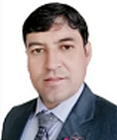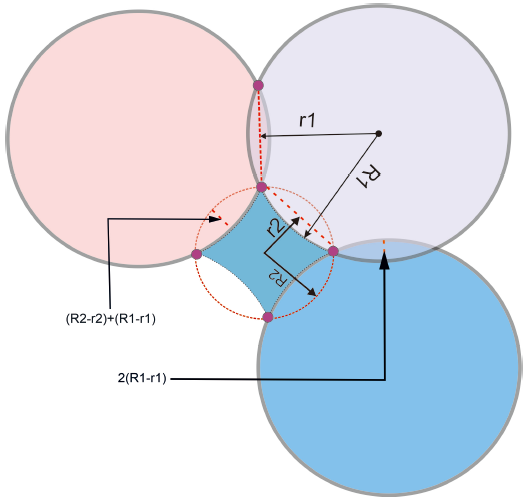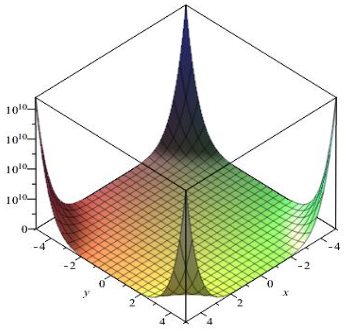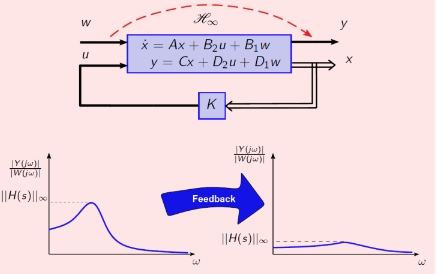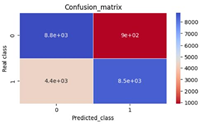Theory of gyroscopic effects for rotating objects
Abstract
Scientists began to study gyroscopic effects at the time of the Industrial Revolution. Famous mathematician L. Euler described only one gyroscopic effect, which is the precession torque that does not explain other ones. Since those times, scientists could not explain the physics of gyroscopic effects, Recent studies and the method of causal investigatory dependency demonstrated, that the nature of gyroscopic effects turned out that be more sophisticated than contemplated by researchers. The external torque acting on the spinning objects generates the system of the eight inertial torques and their interrelated motions around axes presented in the 3D coordinate system. The interrelated torques and motions of the spinning disc were described by mathematical models, and validated by practical tests that explain the physics of the gyroscopic effects based on the kinetic energy conservation law. The inertial torques generated by the centrifugal, and Coriolis forces, the change in the angular momentum, and the dependent motions of the spinning object around axes constitute the fundamental principles of the gyroscope theory. The derived gyroscopic theory opened a new chapter in the dynamics of rotating objects of classical mechanics that should be presented in all word encyclopedias.
References
[1]Cordeiro FJB. The gyroscope. Scotts Valley, California: CreateSpace; 2015.
[2]Greenhill G. Report on gyroscopic theory. Fallbrook: Relink Books; 2015.
[3]Scarborough JB. The gyroscope theory and applications. Charitéstraße: Nabu Press; 2014.
[4]Crassidis JL, Markley FL. Three-axis attitude estimation using rate-integrating gyroscopes. Journal of Guidance, Control, and Dynamics 2016; 39(7): 1513–1526. doi: 10.2514/1.G000336.
[5]Usubamatov R. Theory of gyroscope effects for rotating objects. 2nd ed. Singapore: Springer Singapore; 2022. doi: 10.1007/978-981-15-6475-8.
[6]Usubamatov R, Allen D. Corrected inertial torques of gyroscopic effects. Advances in Mathematical Physics 2022; 2022: 3479736. doi: 10.1155/2022/3479736.
[7]Usubamatov R. Inertial forces and torques acting on a spinning annulus. Advances in Mathematical Physics 2022; 2022: 3371936. doi: 10.1155/2022/3371936.
[8]Hibbeler RC. Mechanics for engineers—Statics and dynamics. 14th ed. Bloomington: Pearson; 2020.
[9]Gregory DR. Classical mechanics. Cambridge: Cambridge University Press; 2012.
[10]Taylor JR. Classical mechanics. New York: University Science Books; 2005.
Copyright (c) 2023 Ryspek Usubamatov

This work is licensed under a Creative Commons Attribution 4.0 International License.




